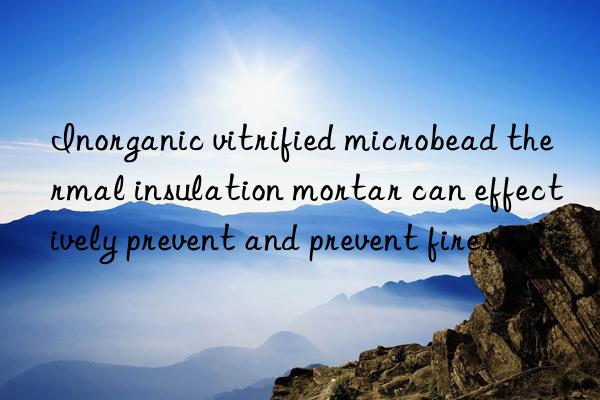
Because of its physical properties and construction technology, inorganic vitrified microsphere thermal insulation mortar can effectively solve the problem of fire spread in exterior wall insulation fires, and can also fundamentally prevent the occurrence of exterior wall insulation fires.
An important principle of building fire protection design is to divide the building into fire protection zones, and set up fire protection isolation zones with higher fire resistance limits in adjacent parts of each fire protection area. Once a fire occurs, the fire protection zones between these fire protection zones will Fire separation settings can effectively prevent the spread of fire. Inorganic vitrified microsphere thermal insulation mortar is often used as a fireproof partition for organic thermal insulation materials, and it can prevent the spread of fire.
The existence of the cavity structure may provide the necessary oxygen for the combustion of the insulation material in the system and the spread of the flame, and form a chimney effect when a fire occurs, accelerating the combustion rate. The inorganic vitrified microsphere thermal insulation mortar is cavity-free, thus eliminating fire channels and further improving the overall fire safety of the external insulation layer.
The fire resistance of inorganic vitrified microsphere thermal insulation mortar reaches Class A, which technically solves the shortcomings of ordinary expanded perlite cement mortar and can solve the problems of expanded polystyrene board (EPS) and extruded polystyrene. The fire safety issues of organic insulation materials such as XPS board (XPS) and rigid foamed polyurethane have greatly improved the ability of buildings to defend against fire and prevented the occurrence of fire accidents, thereby bringing significant social and economic benefits.
</p

 微信扫一扫打赏
微信扫一扫打赏

